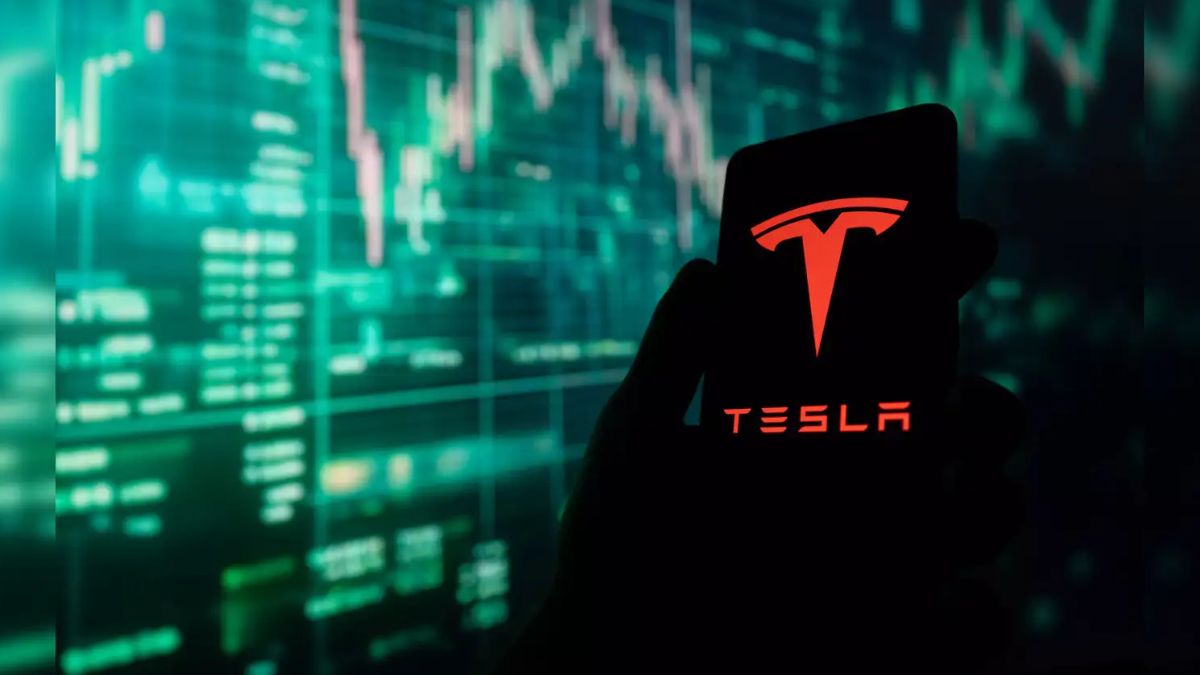Necessary Always Active
Necessary cookies are required to enable the basic features of this site, such as providing secure log-in or adjusting your consent preferences. These cookies do not store any personally identifiable data.
|
||||||
|
||||||
|
||||||
|

Tesla has disbanded the team that was working on the Dojo supercomputer. According to TechCrunch, this move effectively shuts down Tesla’s Dojo and terminates the EV maker’s in-house efforts to develop chips for powering its driverless technology.
Dojo lead Peter Bannon will be leaving Tesla. The rest of the team will be deployed to other computer and data-center projects within the company. Tesla disbanded the Dojo supercomputer unit weeks after the company championed it publicly for its spectacular potential.
The decision to shut it down marks a major shift in Tesla’s strategy. Tesla CEO Elon Musk has been talking about Dojo since 2019. Previously, Musk said that the supercomputer would be the foundation of the EV maker’s AI ambitions and its plan to achieve self-driving due to its ability to process vast amounts of video data.
Tesla is shutting down Dojo at a time when Musk has been positioning the company as an AI and robotics company despite its geographically limited launch of robotaxis in Austin, Texas in June. Tesla started testing its Model Y EVs in Austin, Texas towards the end of May. Its robotaxis featured a human in the passenger seat and resulted in several incidents of problematic behavior.
The Tesla AI supercomputer shutdown comes soon after 20 workers left the company to launch an AI firm called DensityAI. The new company is reportedly developing hardware, chips, and software to power AI data centers that are used in automotive applications, robotics, and by AI agents.
From a Supercomputer to an AI Training Supercluster
In 2024, Musk reported that the AI team in the EV maker would boost Dojo’s capabilities in the runup to Tesla’s robotaxi launch in October.
However, Musk stopped mentioning the supercomputer in August 2024 when he started talking about the “giant new AI training supercluster being built at Tesla HQ in Austin to solve real-world AI”, Cortex.
Back in 2023, Morgan Stanley analysts estimated that Dojo had the ability to add $500 billion to Tesla’s market value. According to the analysts, the supercomputer could unlock new revenue streams for Tesla in software and robotaxis.
The project had endured turbulence and was widely considered to be Tesla’s attempt to build its own AI chips and training hardware. In a market that is dominated by large chip manufacturers, the project was a costly and technically risky undertaking. The Dojo project had two aspects, one relating to chip-making and the other on building a supercomputer.
In a July call, Musk responded to a question on whether xAI might use Dojo with confidence.
“Dojo 2. We expect Dojo 2 to be operating at scale within the next year. At about 100 kh, 100 equivalents. And then AI Five, which is also really spectacular. I don’t use those words lightly. We hope to have the AI factory in production towards the end of next year. But that has a lot of potential,” Musk said.
Tesla formally introduced Dojo during its first AI Day back in 2021. The company also launched its D1 chip during this event. At the time, Tesla said that the chip would be used along with the NVIDIA GPU to power Dojo. The company also announced that it was developing another chip – D2 to solve information flow problems in the processor.